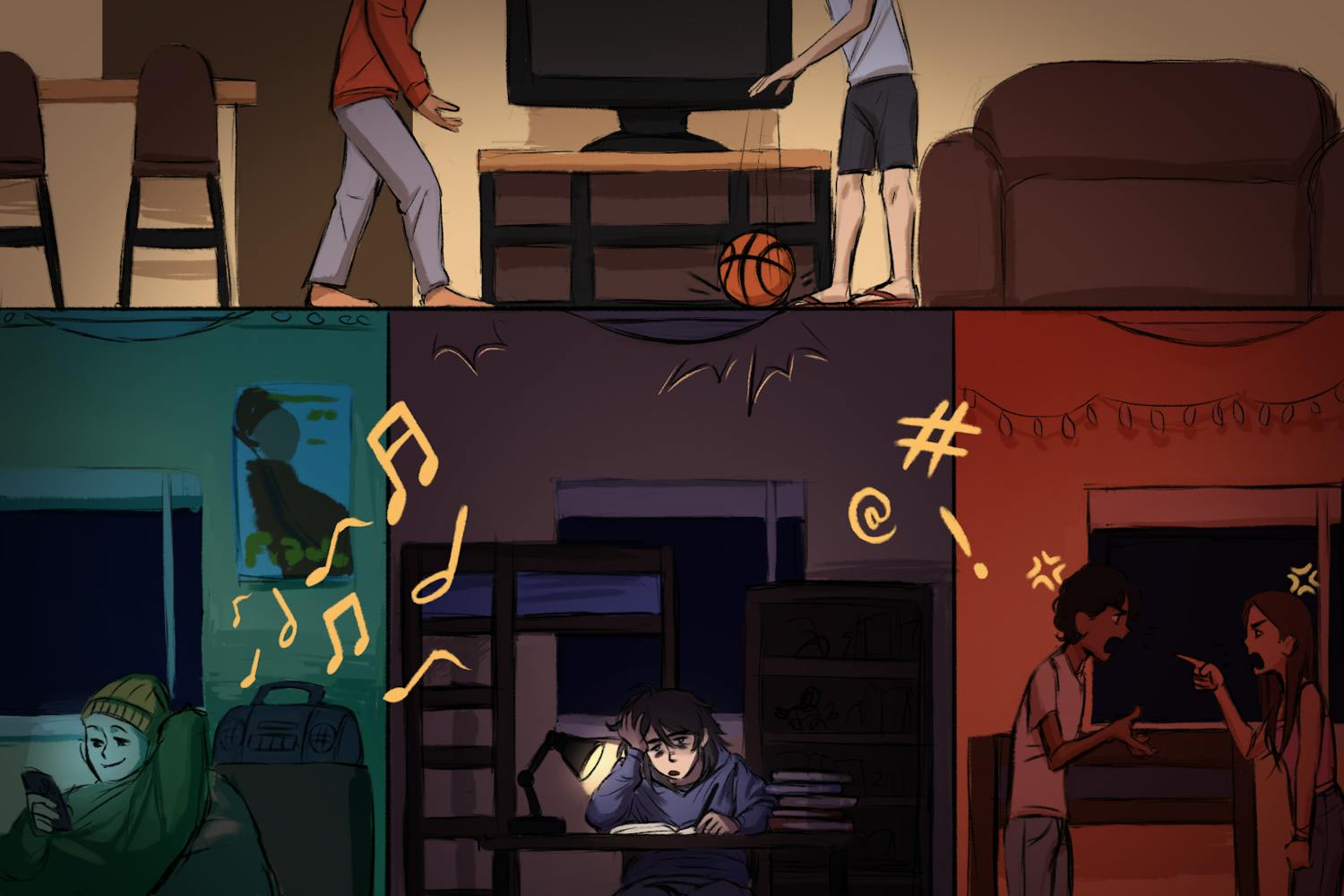If things go according to the CLEAN Energy Act of 2007, the incandescent light bulb as we know it will be effectively phased out by 2014. Until new technology brings other practical options, we can look forward to a market nearly monopolized by fluorescent lighting.
Hype of the new compact fluorescent light bulbs has many convinced that saving the environment and reducing monthly energy costs is a light bulb away. While this may be an admirable step in the right direction, I fear we are both deflecting personal responsibility for our own consumption and buying into the latest green campaign somewhat blindly.
CFLs may be the best choice for the future, but it’s important that the decision to buy them now be made based upon accurate information, not the trend of the week.
The biggest selling point of the compact fluorescent bulb is that it can last up to 15 times as long as an incandescent bulb and use a fraction of the energy. This may hold true on paper, but start reading consumer feedback reports and you’ll quickly realize this isn’t always upheld in reality.
Many users have detailed repeated instances of defective bulbs (from multiple producers), often resulting in life spans of only a few months.
As for saving energy, it depends on how you use the light bulb.
Incandescents work by heating a metal filament, and use the same amount of energy per minute whether used for one minute or one hour.
Using a different technology fueled by vaporous gas, CFLs actually use more energy in the first few minutes of use. This means its life span is actually cut short by turning them on and off frequently, a seemingly helpful habit of conscious energy-savers.
Also overlooked are the health concerns of compact fluorescent light bulbs. As CFL producer GE admits, the bulbs both contain mercury and emit the same ultraviolet rays deemed harmful by the sun.
The extent to which these issues will actually harm us may be negligible, but as of now, I know of no adequate research exploring the effects to any degree. Maybe it’s just me, but when the Environmental Protection Agency is telling us to vacate a room for the 15 minutes following a bulb breakage and throw away all clothing and linens that may have touched the broken glass, I feel an eyebrow should be raised.
My pleas go out to America threefold: On lighting, make your decision based on sound, educated facts. If you do decide to go the CFL route, research different brands and purchase only those that have high success rates. But most importantly, consider making lifestyle changes that will better serve the world before proceeding to change all the light bulbs in your house.
Send your idea bulb to Ruth at ruth.wenger@asu.edu.



